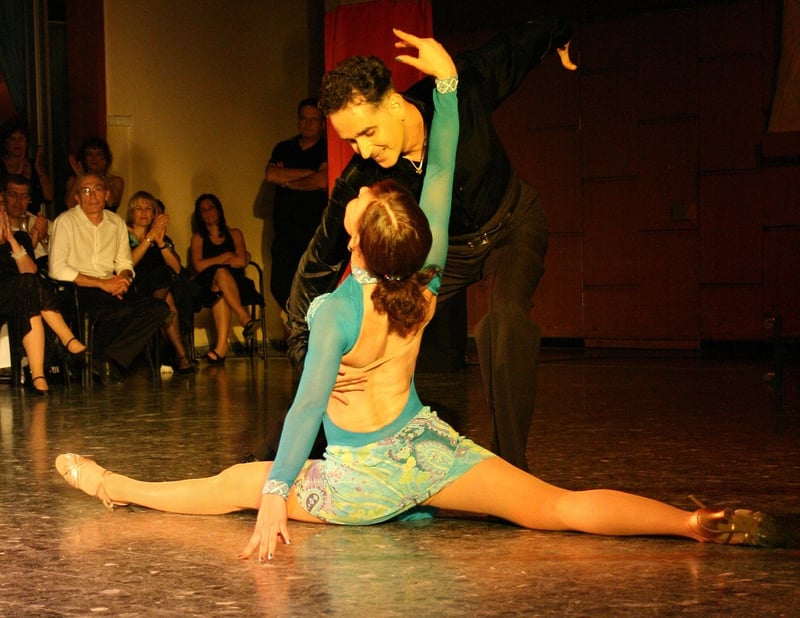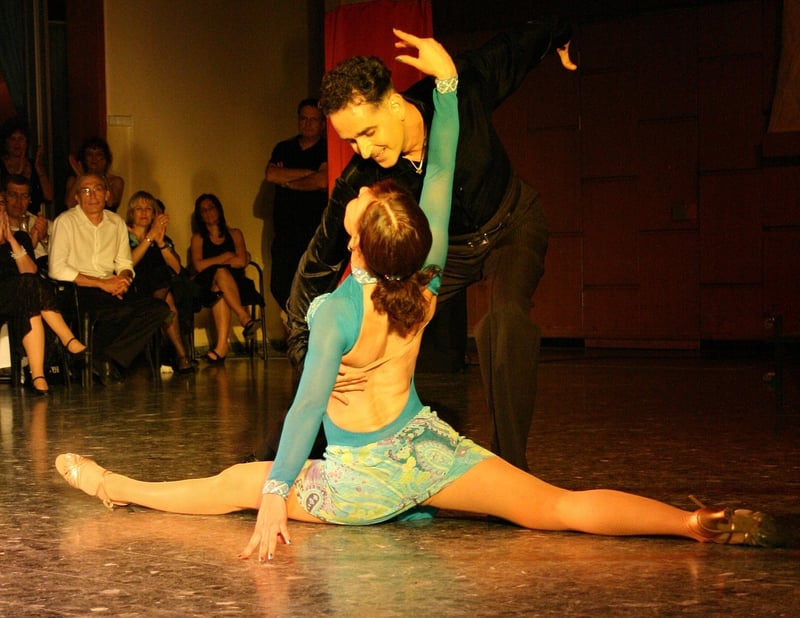Salsa
Exploring Expressive Movement Forms: Salsa
When it comes to expressive movement forms, few dance styles can match the passion, energy, and rhythm of salsa. Originating in the Caribbean, salsa has taken the world by storm with its infectious beats and sensual movements. Let's delve into the world of salsa and discover what makes it such a captivating dance form.
The History of Salsa
Salsa has deep roots in Cuban and Puerto Rican culture, drawing influences from various styles such as son cubano, cha-cha-cha, mambo, and more. It emerged in the 1960s as a fusion of Afro-Caribbean and Latin American dances, gaining popularity in nightclubs and dance halls across the United States and Latin America.
The Elements of Salsa
At its core, salsa is a partner dance that involves intricate footwork, body movements, and spins. The dance is characterized by its syncopated timing, where dancers step on the upbeat counts. Salsa music typically features a clave rhythm, with instruments like the conga, bongos, and trumpet driving the lively tempo.
Benefits of Dancing Salsa
- Improves cardiovascular health
- Enhances coordination and balance
- Boosts mood and reduces stress
- Builds social connections and fosters teamwork
Getting Started with Salsa
Whether you're a seasoned dancer or a complete beginner, salsa offers a welcoming environment for all levels. Many dance studios and community centers offer salsa classes for individuals and couples looking to learn this vibrant dance style. So put on your dancing shoes and get ready to feel the heat of salsa!
Image Gallery

Conclusion
Salsa is not just a dance; it's a celebration of culture, music, and connection. So next time you hear the pulsating rhythms of salsa music, don't hesitate to hit the dance floor and experience the joy of this expressive movement form.
Keep dancing, keep moving, and let the spirit of salsa ignite your passion for life!
